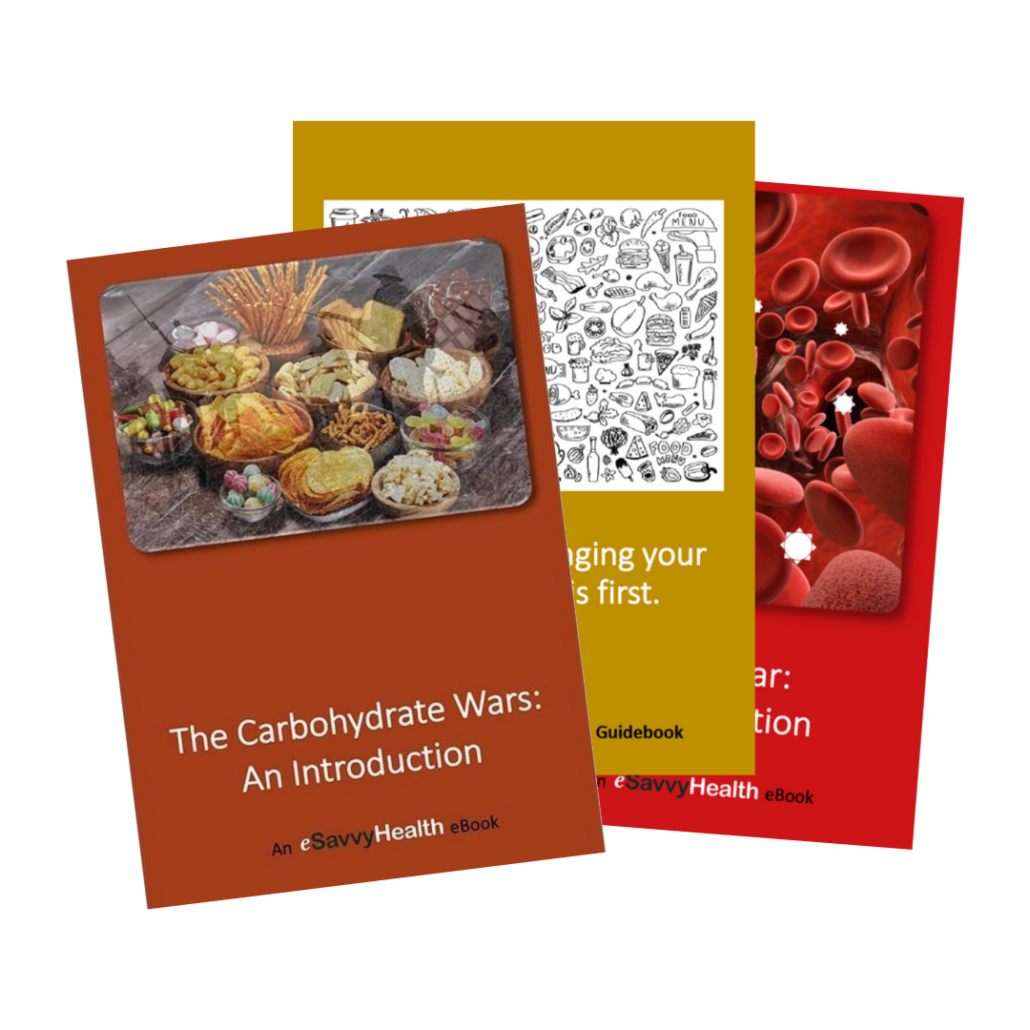In an earlier article in the Real Food series, we discussed the importance of looking at the ingredients list of the foods you’re thinking about buying when grocery shopping. One of the most important pieces of information you can get from the ingredients list is the amount of added sugar—the forms of sugar that have been added in addition to the sugars naturally found in that food.
Sugar is essentially calories in the form of very easily digested carbohydrates, devoid of any other nutrients. While some of those carbs can be burned for energy, the number of added sugars that most Americans consume on a regular basis promotes obesity, diabetes, and heart disease. Increased added sugar intake can increase blood pressure, inflammation, weight gain, diabetes, and fatty liver disease. All of these conditions increase the risk of heart attack and stroke, and the Journal of American Medical Association recently published a 15-year study that found a strong association between a high-sugar diet and death from heart disease.
Added sugar is found in many food products, and it is easy to overconsume if you don’t make a conscious effort to evaluate the ingredient and nutrition facts label. According to CDC data for 2017-2018, both adults and children consume an astonishing 17 teaspoons (about 71 grams) of sugar per day. This rate is climbing steadily, so it’s vital for consumers to know how much sugar is in food products in order to keep their consumption below levels associated with health problems.
Why is so much sugar added? Food manufacturers have a lot of reasons to add sugar to processed foods. Sugar enhances flavor and improves texture and color. It helps preserve foods and helps bread rise. It is used as a bulking agent in baked goods and ice cream and can balance the acidity of foods. Sugar also has the potential to be addictive.
Food manufacturers are aware that many of their customers have concerns about consuming too much sugar. Their solution to this problem is to find ways to hide the amount of sugar in a food product. For example, because ingredients are listed in order of weight, many products with high amounts of sugar use multiple forms of it, listing each one as a separate ingredient. If one were to add up all the forms of sugar in such products, in many cases it would likely be the main ingredient.
To beat the manufacturers at this game, you just need to know the different names and forms of sugar. Here are the most common:
- Anything that ends with –ose(dextrose, fructose, galactose, glucose, lactose, maltose, sucrose)
- Syrups(high fructose corn syrup, agave, brown rice syrup, carob syrup, corn syrup, maple syrup)
- Juices (evaporated canejuice, fruit juice, fruit juice concentrate)
- Solid and Granulated sugars(beet, brown, cane juice, coconut, date, dextrin, turbinado, ethyl maltol, dextrin, corn syrup solids)
It’s also informative to look at the grams of added sugars on the nutrition facts label. You might be surprised to find out that, for example, a 20-ounce Coca Cola drink contains 65 grams of added sugar—over 16 teaspoons. From a nutrition and health point of view, the optimum number of grams of added sugar is zero.
While it is obvious that soda, candy, and baked goods contain added sugars, many other processed foods are covertly harboring added sugars, even though you might not think of them as sweet. These are some common examples:
- Pasta Sauces
- Granola, Granola Bars
- Yogurt
- Instant Oatmeal
- Salad Dressing
- Breakfast Cereals
- Packaged FruitCups
- Coleslaw
- Ketchup, Sauces
Although added sugar and its dangers may seem pervasive, the way to protect yourself is rather simple: Just flip that package over, assess the ingredients list for all types of sugar content, and note the grams of added sugar on the nutrition facts label. Knowing exactly what you’re eating is the best way to limit excess calories and protect yourself from obesity, diabetes, and heart disease.





